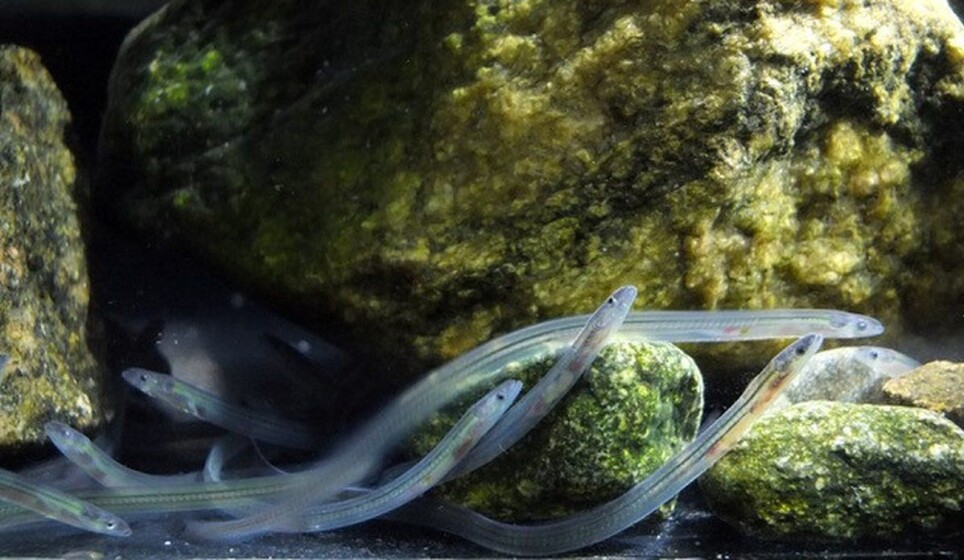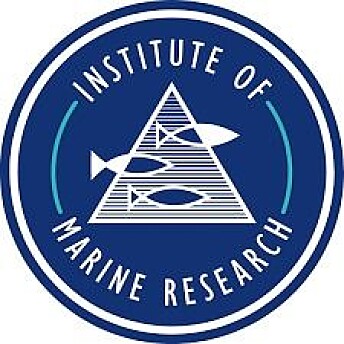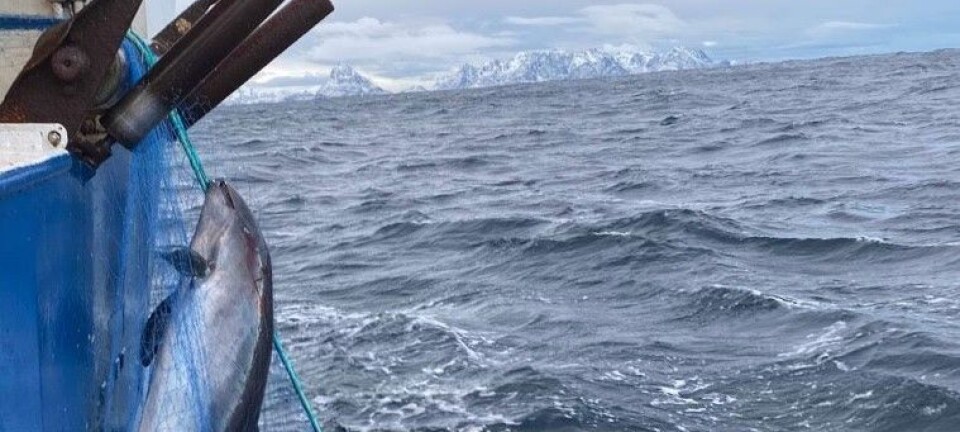This article is produced and financed by the Institute of Marine Research - read more

Mystery solved: the moon prevents eels from dying in the Arctic
A new study shows how young eels find their way from their birthplace in the Sargasso Sea to Norwegian fjords and river mouths.
The life of the European eel starts in the Sargasso Sea, a large area of water south of Bermuda.
Their parents spend at least six months getting there. They cross the Atlantic Ocean to spawn for the first, and only time, in this precise location.
But how do the baby eels find their way back to Europe from the Sargasso Sea?
New research shows that the moon guides the young eels towards the coast.
A “Lunar compass” guides eels
From the Sargasso Sea, European eel larvae are carried across the ocean by the Gulf Stream, and then onwards by the North Atlantic Current, which goes up the Norwegian coast all the way to the Arctic.
During their journey from the Sargasso Sea, the larvae develop into post-larvae. They now resemble a thin, almost transparent ribbon, which is why they are known as “glass eels” during this life stage.
The question the researchers asked themselves was: how do the glass eels find their way from the North Atlantic Current and into the river mouths, fjords and coastal areas of the North Sea, where they live and grow until they are ready to swim off to spawn?
“Glass eels have an internal ‘compass’ that directs them towards the moon. So when the moon is above the horizon, the eels swim towards it. That is generally towards south. This allows them to leave the North Atlantic Current,” explains Alessandro Cresci.
“And that’s a good move, because if they continued going with the flow, they would end up in the Arctic and die.”
Instead the glass eels enter the North Sea.
Models with moon and no moon
The researchers performed experiments in which they studied the behaviour of glass eels under controlled conditions in the research station at the Institute of Marine Research at Austevoll.
Then they entered their observations into a computer simulation of glass eels and ocean currents.
“In the model, we ‘released’ glass eels north of Scotland. In one simulation we looked at where the eels would end up if they just drifted passively with the currents. In the other ones, we simulated the moon coming up over the horizon, and the eels started to swim towards it", says Cresci.
The researchers ran lots of these simulations, giving the eels various different swimming speeds.
“We found that whatever speed we gave the eels, the big factor was whether or not the moon was over the horizon. When glass eels swam following their ‘lunar compass’, the proportion of glass eels that reached coastal areas around the North Sea greatly increased. The higher their swimming speed, more eels arrived, and fewer were carried towards certain death in the Arctic.”
The North Sea: a key area for the European eel
The North Sea is an important area for the European eel. From the North Sea, the glass eels spread out across large areas.
“There are many countries around the North Sea basin, and eels are found in many places, particularly in the south, but also in Norwegian fjords and in the Baltic Sea. Understanding how glass eels get to the North Sea is an important step towards understanding the eels,” says Cresci, who is a postdoc at IMR.
“And if we understand eels, we can better protect and manage them.”
Reference:
Alessandro Cresci et.al.: The lunar compass of European glass eels (Anguilla anguilla) increases the probability that they recruit to North Sea coasts, Fisheries Oceanography, 2020.


































